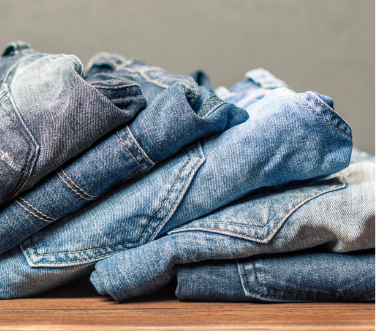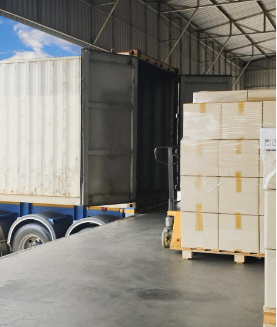The Reverse Supply Chain
A History. To Now.

As Earth Day approaches, millions of individuals and organizations across the globe are recognizing the importance of keeping our planet clean and ecologically safe. This is also a good time for organizations to reflect on their sustainability efforts and consider what can be enhanced or improved.
Extending the life of retail surplus – from returned and seasonal merchandise such as apparel and consumer electronics to overstock products taking up valuable space in their warehouse or inventory rooms. Through the reverse supply chain, assets that might have otherwise ended up in a landfill are redeployed elsewhere to new owners via the secondary marketplace channels such as Liquidation.com, whose partnerships contribute to a greener planet by maximizing assets’ lifespans, increasing reuse and recycling, and decreasing landfill waste.
Surplus management solutions don’t just help Retailers meet sustainability goals – they generate profits and cost savings. The same proven sales processes and marketing solutions to find new homes for surplus items also generate valuable recovery, redeploying items saves resellers tremendous capital by avoiding purchasing new merchandise.
Returns at the Retail level don’t happen just around the Holidays – they simply spike. In fact, returns happen all year long. More and more retailers are beginning to use reverse logistics for their returned and overstock products as a cost effective and eco-friendly business practice. Obviously, companies want to sell all their product without it being returned, but that’s not always the case.
Retailers used to take their overstock, returned and damaged product and recycle a small portion and dispose of the rest to landfills. With this process Retailers would lose all of the potential revenue of the merchandise. However, now with products flowing through the reverse supple chain, Retailers are able to recoup some of their losses by liquidating the merchandise.
Using a variety of logistics providers, products arrive through several channels to optimize recovery, grouped by condition in a variety of size classifications. These lots then become available for resellers to bid and purchase, usually for up to 90% off retail prices, leaving room for resellers to earn a substantial profit.
As the reverse supply chain continues to grow, the success of small and thriving businesses reselling the merchandise will continue to thrive for many, many decades.
You might also be interested in:
Merchandise Conditions
A detailed overview of conditions
Re-Sell Green
Ways to be eco-friendly




